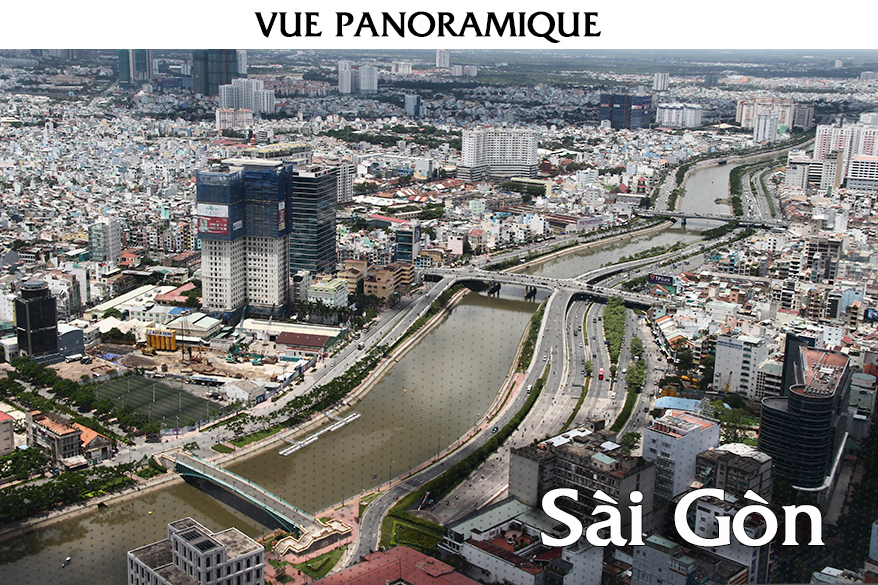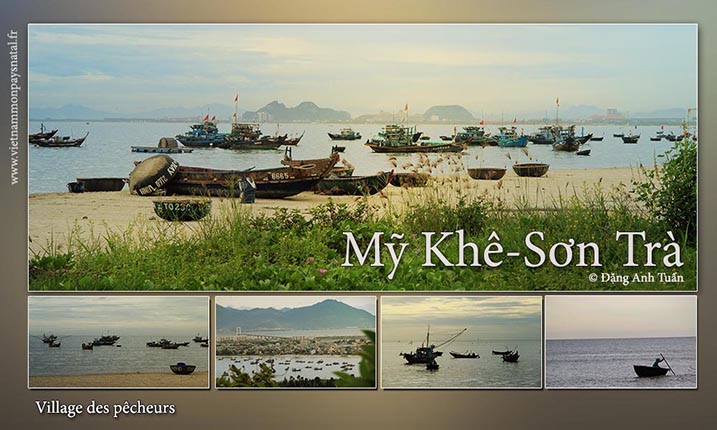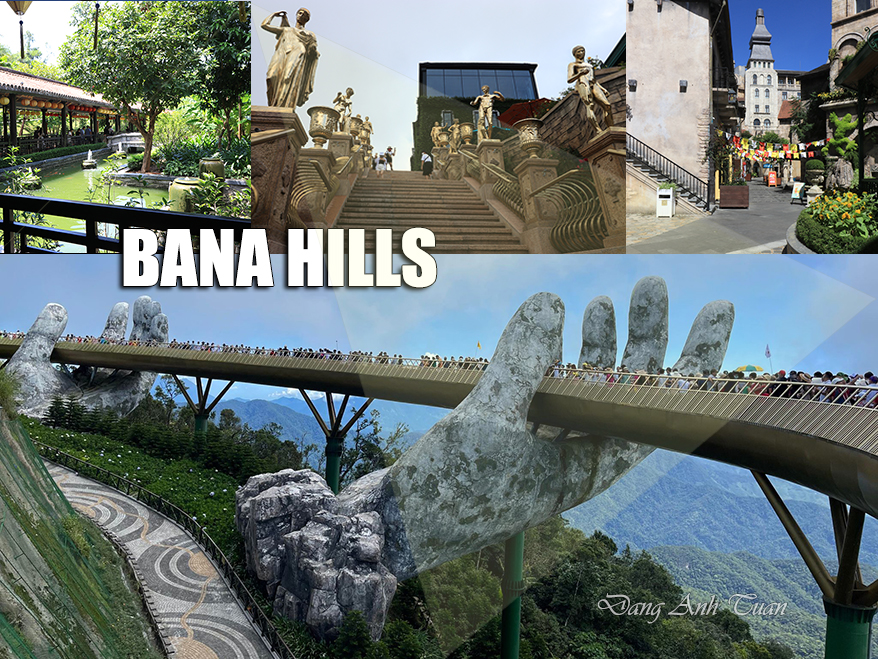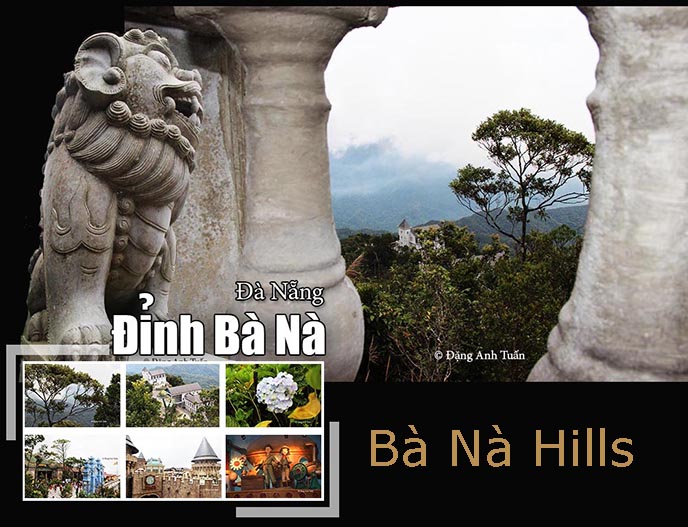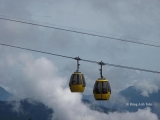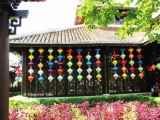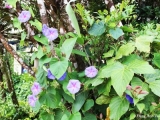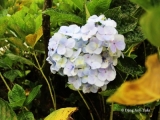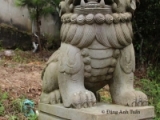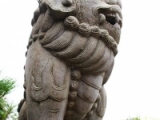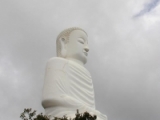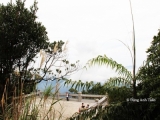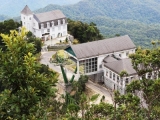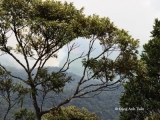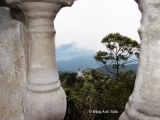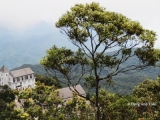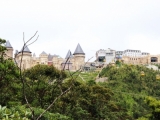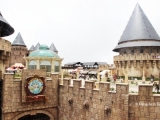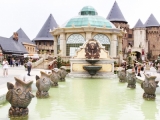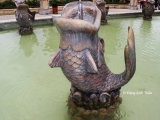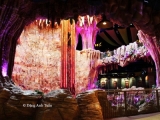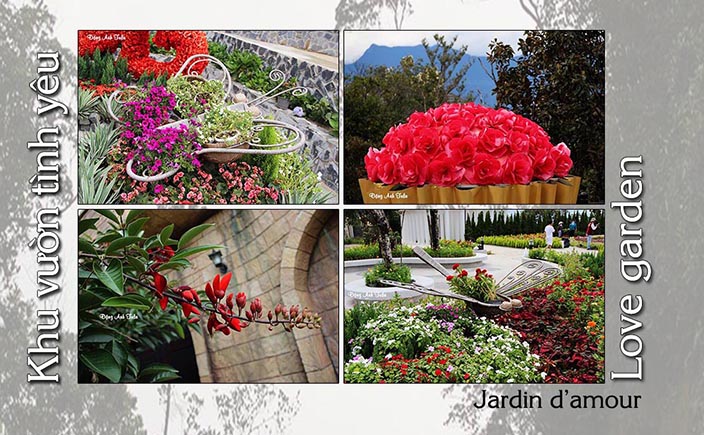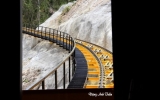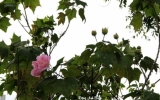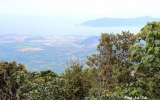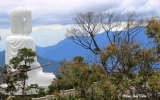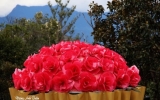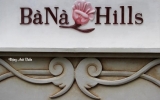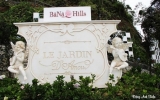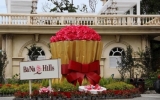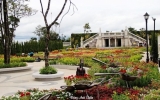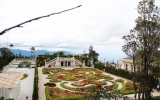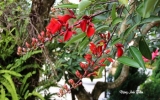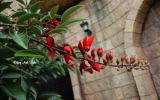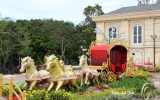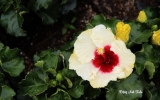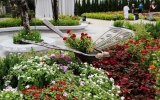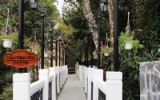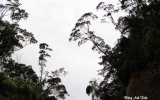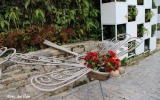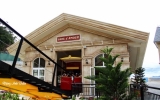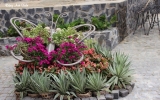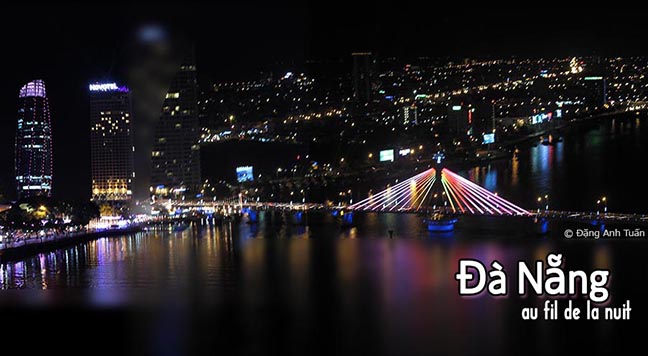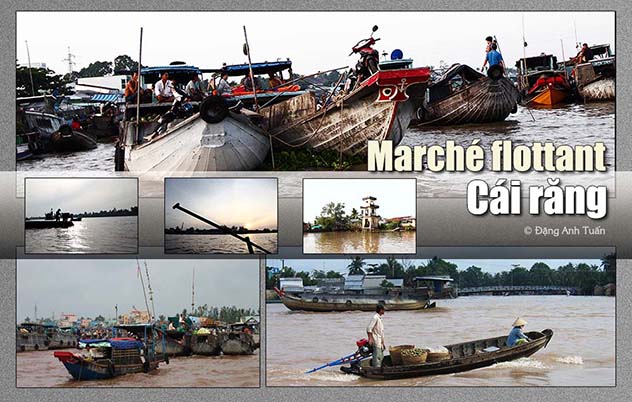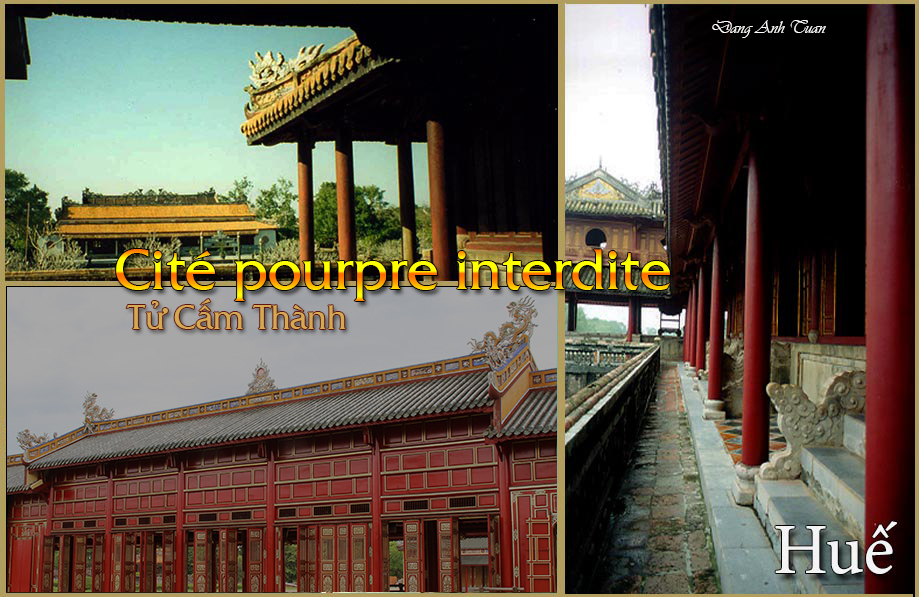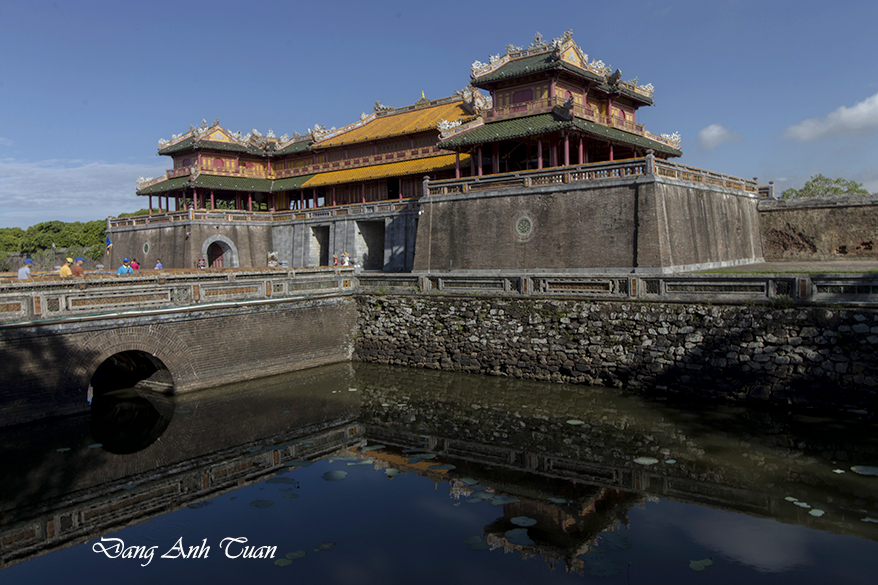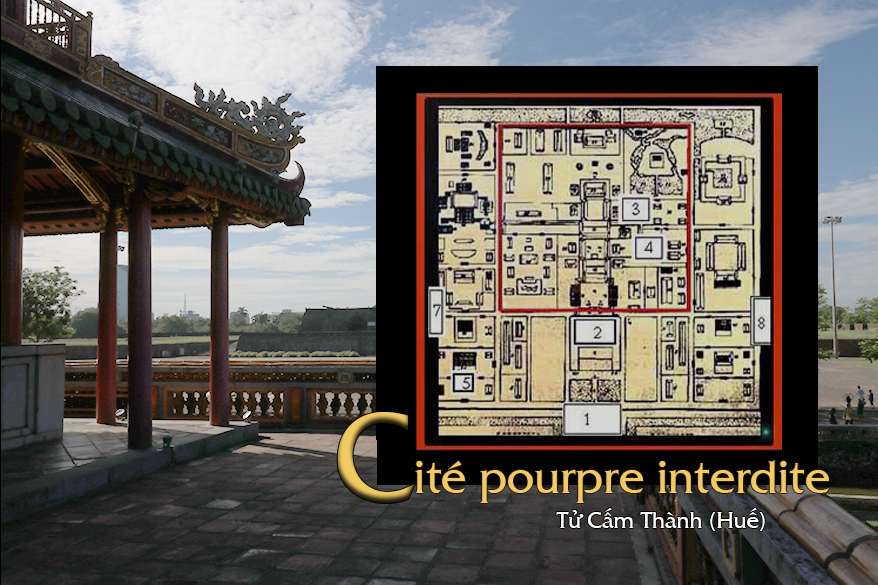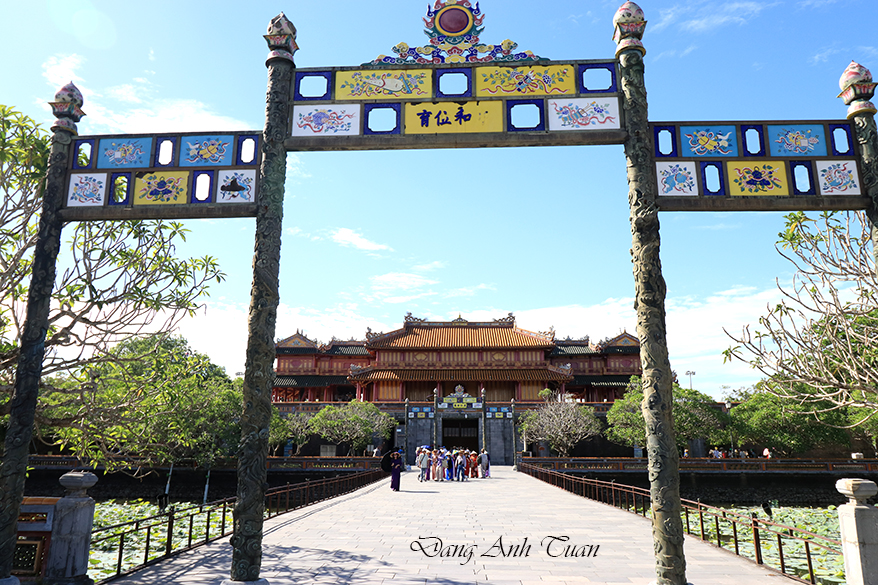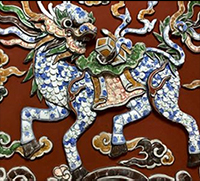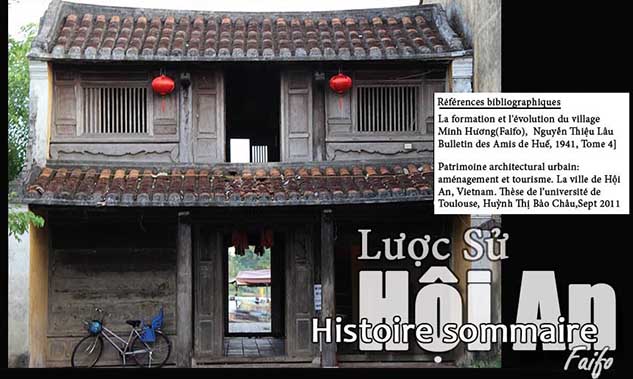
Deuxième partie
Contrairement aux Japonais, les Chinois ont connu Hội An depuis longtemps, à l’époque où cette ville appartenait encore au Champa. Ils étaient venus en bateaux pour y chercher du sel, d’or et de cannelle mais ils avaient besoin de se ravitailler aussi en bois de chauffage et en eau potable car Hội An se trouvait sur leur route maritime. Celle-ci était la route de la soie à travers l’océan. Les vaisseaux marchands arabes et chinois avaient l’habitude de fréquenter, vers le 8ème siècle après J.C., les côtes de la Chine et de l’Asie du Sud-Est. Avant de s’établir à Hội An, les commerçants chinois ont pénétré en nombre limité dans les bras du fleuve Thu Bồn pour construire leurs premiers quartiers soit au port Trà Nhiêu soit à l’embouchure Thanh Hà. Puis survint la menace fréquente de la piraterie japonaise sur les côtes chinoises allant de Shangai jusqu’à l’île de Hainan. En prenant prétexte de cette menace, les empereurs des Ming commencèrent à interdire toutes les communications maritimes excepté l’Asie du Sud Est à partir 1433. Cette politique fut connue en vietnamien sous le nom « Thốn Bản Bất Hạ Bản (Pratiquer la politique de la porte fermée). Malgré cela, les Chinois avaient besoin d’un certain nombre de marchandises de première nécessité. Cela les amenait à se procurer ces produits en Asie du Sud Est, en particulier à Hội An. Il fallait attendre deux événements importants dans la deuxième moitié du XVIIème siècle pour que la communauté chinoise devînt importante à Hội An. D’abord l’avènement des Qing (Mandchous) en Chine provoqua l’exode et l’installation des réfugiés chinois au Vietnam (y comprise la ville Hôi An). En 1679, de nombreuses embarcations des partisans de la dynastie déchue accostèrent Đã Nẵng et Hội An.
Face à l’ampleur de l’exode, le gouverneur Nguyển Phúc Tần, très expéditif en affaires, n’hésita pas à proposer aux partisans des Ming dirigés par les deux généraux Dương Ngạn Địch et Hoàng Tiến de s’installer dans la basse Cochinchine (Mỹ Tho, Thủy Chân Lạp) et de défricher des terres incultes, ce qui lui donna l’occasion d’agrandir son territoire et d’éviter un affrontement éventuel avec une armée décimée comprenant 50 embarcations et 3000 soldats. Puis il permit aux nouveaux réfugiés chinois de fonder Minh Hương (village des Ming) dans le but de remonter leur moral et de leur rappeler qu’ils étaient toujours les partisans émigrés des Ming.
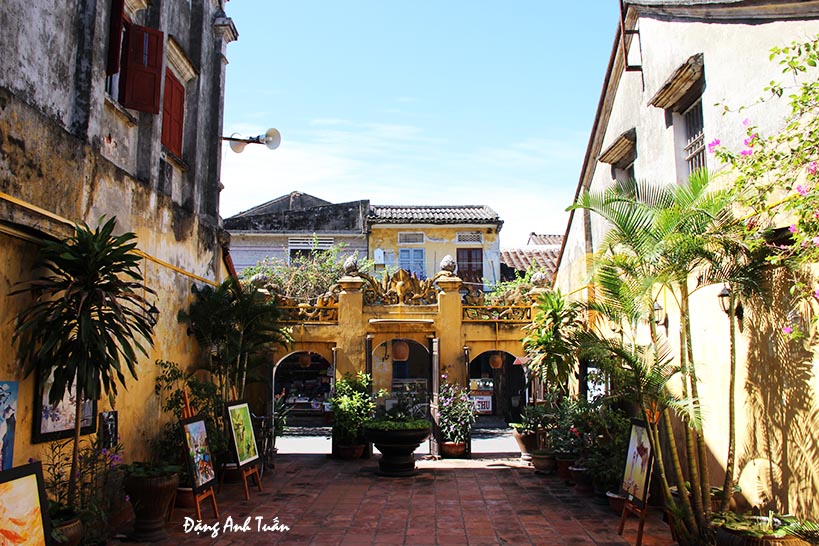
Quartier français ( Rue Nguyễn Thái Học)
Phần thứ nhì
Ngược lại với người Nhật, người Hoa biết Hội An từ lâu từ thời mà vùng nầy còn thuộc về vương quốc Chămpa. Họ đến đây để mua muối, vàng và quế và để dự trữ củi và nước vì Hội An nằm trên con đường biển của họ mà họ thường gọi là con đường tơ lụa trên biển Đông. Người Hoa và người Á Rập hay thường dùng con đường nầy để dọc theo các bờ biển của Trung Hoa và Đông Nam Á vào thế kỷ thứ 8 sau Công Nguyên. Trước khi ở Hội An, thường thấy một số ít thương gia Hoa định cư ở nhánh sông Thu Bổn hay ở bến cảng Trà Nhiêu hay là cửa sông Thanh Hà. Trước sự đe dọa thường xuyên của các cướp biển người Nhật dọc theo bờ biển Trung Hoa đến đảo Hải Nam, các vua chúa nhà Minh mới ra chỉ thị vào năm 1433 cấm các cuộc giao tiếp đường biển chỉ trừ Đông Nam Á. Đó là chính sách hải cấm với khẩu hiệu là “Thốn Bản Bất Hạ Hải” áp dụng với Nhật Bản. Tuy nhiên người Hoa vẫn cần dùng các thương phẩm cần thiết nên họ phải tìm ở Đông Nam Á nhất là ở Hội An.
Có hai biến cố quan trọng về sau, vào giữa thế kỷ 17 khiến cộng đồng người Hoa trở thành yếu tố chính ở Hội An. Đó là sự sụp đổ triều đại nhà Minh khiến có một cuộc di tản và định cư đáng kể của người Hoa ở Việtnam (luôn cả ở Hội An). Rồi vào năm 1679, có nhiều thuyền của thành phần theo nhà Minh đến Đà Nẵng và Hội An. Để tránh sự đối đầu có thể xảy ra với 3000 quân lính được trang bị vũ khí đầy đủ và 50 chiếc thuyền của các thành phần theo nhà Minh do hai tướng Dương Ngạn Địch và Hoàng Tiến chỉ huy và mở rộng thêm bờ cỏi Vietnam với những vùng đất hoang vu ở Chân Lạp (Cao Miên), chúa Hiền (Nguyễn Phúc Tần) rát khéo léo và khôn ngoan đề nghị họ nên định cư ở vùng Nam Bộ (Mỹ Tho, Thủy Chân Lạp) và cho phép họ thành lập các làng Minh Hương để tưởng nhớ triều đại Minh và giúp họ phấn khởi trong việc định cư.
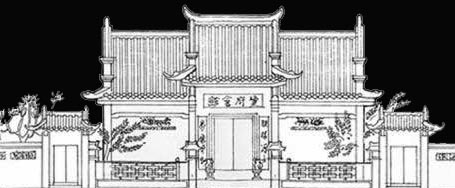
[Two part]
Unlike the Japanese, the Chinese have known Hội An for a long time, back when this city still belonged to Champa. They came by boat to seek salt, gold, and cinnamon but also needed to replenish supplies of firewood and drinking water because Hội An was on their maritime route. This was the silk route across the ocean. Arab and Chinese merchant ships were accustomed, around the 8th century AD, to frequent the coasts of China and Southeast Asia. Before settling in Hội An, Chinese merchants entered in limited numbers into the arms of the Thu Bồn River to build their first quarters either at Trà Nhiêu port or at the Thanh Hà estuary. Then came the frequent threat of Japanese piracy on the Chinese coasts from Shanghai to Hainan Island. Using this threat as a pretext, the Ming emperors began to prohibit all maritime communications except with Southeast Asia from 1433. This policy was known in Vietnamese as « Thốn Bản Bất Hạ Bản » (Practicing the closed-door policy). Despite this, the Chinese needed a certain number of essential goods. This led them to procure these products in Southeast Asia, particularly in Hội An.
It was necessary to wait for two important events in the second half of the 17th century for the Chinese community to become significant in Hội An. First, the rise of the Qing (Manchus) in China caused the exodus and settlement of Chinese refugees in Vietnam (including the city of Hội An). In 1679, many boats of supporters of the fallen dynasty landed in Đà Nẵng and Hội An.
Faced with the scale of the exodus, the governor Nguyễn Phúc Tần, very efficient in affairs, did not hesitate to propose to the Ming supporters led by the two generals Dương Ngạn Địch and Hoàng Tiến to settle in lower Cochinchina (Mỹ Tho, Thủy Chân Lạp) and to clear uncultivated lands, which gave him the opportunity to expand his territory and avoid a possible confrontation with a decimated army comprising 50 boats and 3,000 soldiers. Then he allowed the new Chinese refugees to found Minh Hương (village of the Ming) in order to raise their morale and remind them that they were still the émigré supporters of the Ming.

